Longest Transatlantic Race
Published on October 20th, 2015
At 5400 nautical miles, the doublehanded Transat Jacques Vabre race course from Le Havre on the Channel coast of France SW across the Atlantic to Itajaí, some 1000kms south of Rio de Janeiro, is the longest transatlantic course in ocean racing.
For the 42 duos that will start October 25 in the race’s three different classes, the long course offers varied and different challenges all the way, from the difficult exit from the Channel to the often fickle and unsettled breezes on the way into the finish line.
It is a course which delivers a welcomed mix of meteorological features – strategic choices can yield gains, potholes which may reveal losses – but so too there are many hundreds of miles of sustained, Trade Winds sailing, a speed test as unrelenting but rewarding as any Transat.
And for the sailors who are seeking to race in the 2016-17 Vendee Globe solo race around the world, this course across the Atlantic represents a great chance to rehearse, to learn the lines of the outbound, first 20 per cent of the that circumnavigation course. For the IMOCA sixty footers, the TJV course is sailed in around 17 days. The Ultimes should be just under 11 days and the Class 40s around 21 to 25 days.
It is the second time that the Transat Jacques Vabre heads to Itajaí after a successful race in 2013. Previously the coffee route race went to the Cartagena, Columbia between 1992 and 1999. From 2001 to 2007, the race finished in Salvador de Bahia, Brazil before two editions which went to Costa Rica. In 2009 and 2011 the Transat Jacques Vabre finished in Puerto Limon.
Once more the race course is completely open, free of any restrictions and turning marks beyond the Traffic Separation Schemes and Restricted Zones. From a strategy point of view, there are three zones which shape the race…
There are rewards in the exit from the Channel and choices made to pass the Traffic Separation Schemes at Casquets by Alderney and Ushant. Then the fleet must survive the the Bay of Biscay which more often than not delivers the first big low pressure system.
At Cape Finisterre there is the choice to stay east and try to hook into the Portuguese trade winds down the coast or head west and get a better, faster wind angle for a longer term gain. The first to get south into the real NE’ly trade winds often gains the best, early advantage around the Cape Verde islands. Then there is the ICTZ, the Doldrums, which can be anything from 200 to 600 miles of very unsettled, light winds.
The SE’ly trades blow after the Doldrums until about Cape Frio, just to the north of Rio de Janeiro where the Southern Ocean low pressures are generated. From here to the finish at Itajaí it can be a minefield of different weather situations, depending on the position of the South Atlantic high and the timing of the new low pressure systems. Inshore on the Brazilian coast there are fishing boats and drift nets which have been a problem for tired skippers before.
There is no let up at all on the course, and there can be a considerable difference in the weather situations down the track for the slower Class 40 from those experienced by the Ultimes. Indeed, when the first boat is finishing, the Class 40s are often just passing the Cape Verde islands.
They said:
Corentin Horeau, co-skipper Bretagne – Crédit Mutuel Elite (Class 40): “I’ve already done the Transat and raced to Martinique alone in the Figaro. But by comparison the course to Itajai is a long one. But the Class40 boats are fast. We expect 20-25 days. What is most interesting is start which is often tough but subsequently improves. I have never experienced the Doldrums, you have to keep your eyes open and watch the clouds. And the course feels long because the downwind coast of Brazil is not an easy task. A lot can happen before the finish in Itajai … ”
Antoine Carpentier, co-skipper Aërendil (Class40): “It’s a very long transatlantic. Maybe that is one reason why there are fewer Class40, as non-professional sailors who work cannot really afford to be away from their work or business for over a month. The route though is fairly straightforward as it heads south, a real sprint to the doldrums. Thereafter it will normally be reaching to the latitude of Salvador de Bahia. You really have to get right into the rhythm of the race very quickly, while looking after yourselves and the boat not get into the red zone. When a race lasts more than ten days, we need to work hard to stay lucid and focused all the time, to be able to think clearly and stay fast.”
Ryan Breymaier (USA) co-skipper Adoptunskipper.net (IMOCA): “Getting out of here, the English Channel, is always the main worry to start with. You have getting out of here and then getting around the first low pressure because there will be one. And you are going upwind into it or downwind over the top of it which is how it looks like just now. That is the first big things. Then you have to go through a front, that is always a horror show when people break their boats. These aspects are the key to the beginning.
Then how and when to hook into the trade winds, how far west do you go? Do you get west before you even hook into the trade winds so that you have a closet angle and can sail faster. Positioning yourself to get into the tradewinds and then to positioning to get through the Doldrums. After that I have a bit less experience. The SW trades are slightly more irregular and slightly lighter, if you can get through these key gates then the pecking order, the hierarchy is kind of set. And from there it is pretty much a speed race to Itajaí. I think along the Brazilian coast there are some messy holes to fall into. You can’t let down your guard until the very end until you absolutely have to turn right and head in to the finish.”
Back to the Future
After a period chasing records on an American flagged, privately funded giant maxi multihull, American co-skipper Ryan Breymaier is enjoying a return to the IMOCA class, getting set to take on the Transat Jacques Vabre for his first time. He will sail with young French skipper Nicolas Boidevezi on the 2007 Farr design Adoptunskipper.net.
Breymaier has a history with the boat, working on Roland Jourdain’s shore team and pushing the boat in the colours of Véolia Environnement off the dock in Saint Malo in 2010 as ‘Bilou’ headed out to win the solo Route du Rhum. Since then Breymaier has completed the Barcelona World Race in fifth place, en double, and won the New York Barcelona, two up with Spain’s Pepe Ribes.
Preparations and training has been short and sweet. Boidevezi has a small budget and is fighting his way to the start of the Vendée Globe next year, seeking sponsor support to get there. He has five or six years of Mini 6.5 class experience but Breymaier is on board to fast track his IMOCA learning. Read the full feature on Ryan Breymaier here.
Race website – Notice of Race – Facebook
Transat Jacques Vabre in brief
• A legendary race 22 years old and 2015 marks the 12th edition
• Two founding partners: the city of Le Havre and brand Jacques Vabre
• Four classes on the starting line: Class40, Multi50, IMOCA and Ultimate
• Starting in Le Havre (France) on 25th October for the 5400 miles towards the finish line in Itajaí (Brazil)
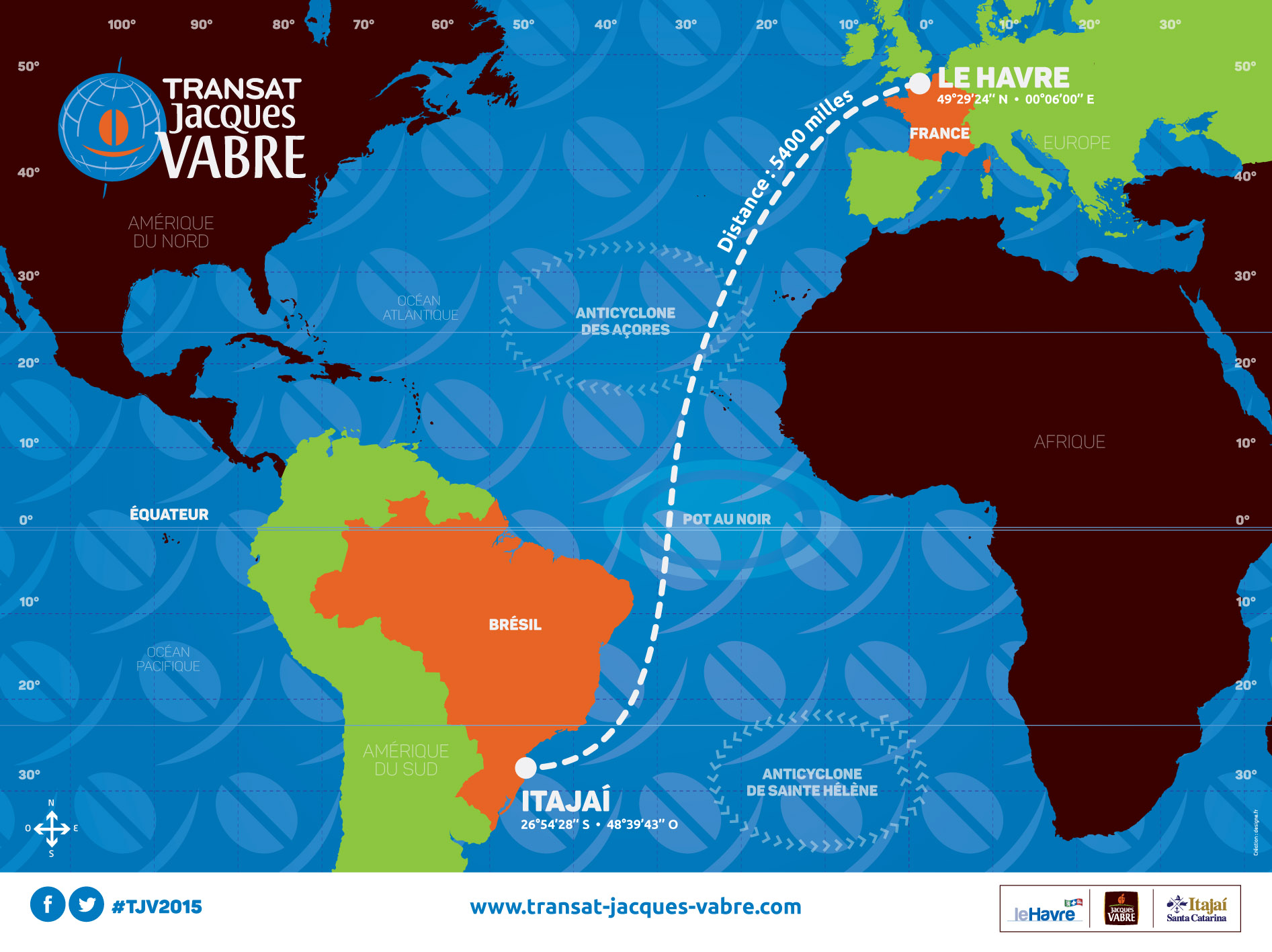
Report by event media.


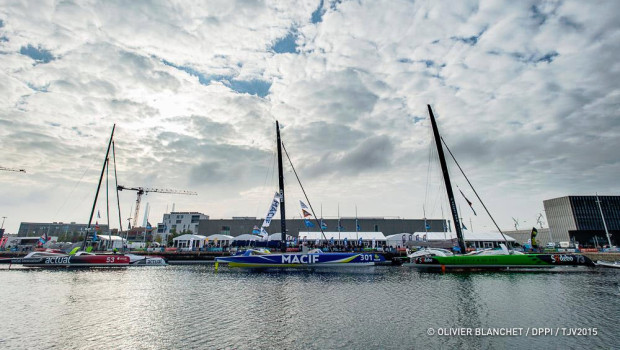

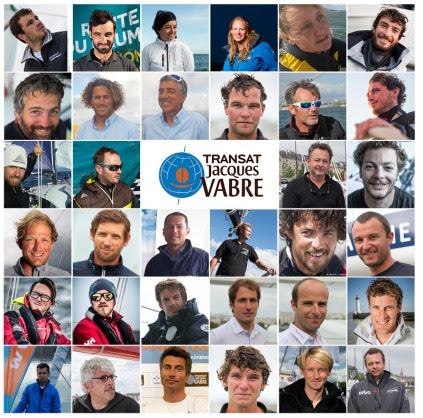

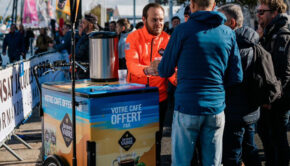
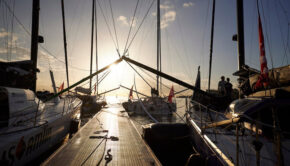
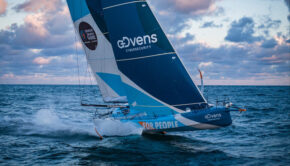
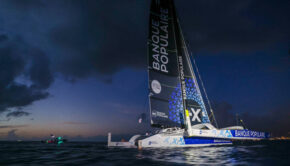
 We’ll keep your information safe.
We’ll keep your information safe.